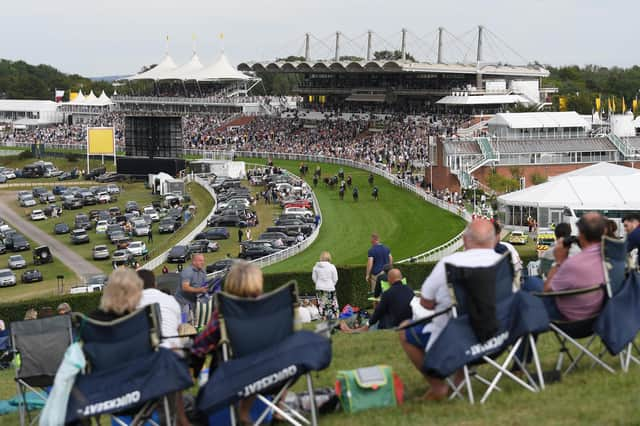Crowds at sports events could be increased if three pilot events are succesful


Crowd dynamics consultancy Movement Strategies has been commissioned by the Sports Grounds Safety Authority (SGSA), UK Sport and the Department for Digital, Culture, Media and Sport (DCMS) to evaluate the return of spectators to venues.
The first event to welcome back spectators since the suspension of mass gatherings in March due to the coronavirus pandemic is the Surrey v Middlesex cricket friendly on Sunday and Monday at the Kia Oval, where the crowd on day one will be 500, going up to 1,000 on day two.
Advertisement
Hide AdAdvertisement
Hide AdThe Crucible is then expected to be around a third full each day for the World Snooker Championship starting next Friday, before 5,000 spectators are set to attend Glorious Goodwood in west Sussex on Saturday, August 1.
Movement Strategies has worked on other venues reopening safely amid the Covid-19 outbreak, including the Tower of London, and before the pandemic has advised sports venues around the world.
Guidance from the SGSA talks about capacity in a block being capped at a maximum of 33 per cent, down as low as 17 per cent depending on which space-per-person calculation method is used.
Asked if the guidance for sports venues had been set at a low bar with room to manoeuvre upwards, Movement Strategies' executive director Simon Ancliffe said: ‘People are focused on safety. Everybody wants it to be safe, commercially successful and a good experience, probably in that order.
Advertisement
Hide AdAdvertisement
Hide Ad‘It's that balance that needs to be right, so I think the guidance is where it should be at this stage.
‘If (the test events) allowed for room to increase capacity then everybody would be pleased about that, but the guidelines have been developed to give people a basis on which to plan.’
Ancliffe said capacity would always be venue dependent.
‘Take football, there's a difference between a new stadium and an old, historic one, and that might not be because of the viewing capacity, it might be because of the outside concourse, the inside concourse,’ he said.
‘Everyone would like to get back to one place (full stadiums) but with social distancing it just isn't going to be possible. I don't want to give a number (on what a maximum percentage of capacity might be) yet, post-test events that will become much more clear.’
Advertisement
Hide AdAdvertisement
Hide AdMovement Strategies will report back to the SGSA, UK Sport and DCMS after the completion of the three events, but will also report insights back live.
Its assessors will look at the different phases of the event - entry, circulation around the venue, intervals and egress. It will also look at the behaviour of spectators.
It is anticipated that the different venue types will yield very different results.
He added: ‘You'll build up a picture of what's going on in the test events. We're looking at how the venue operates, how is the guidance applied and human behaviour. That will give you an evidence base for decision-making going forwards.
‘The pilot tests will guide us towards what the impact of that guidance is.’